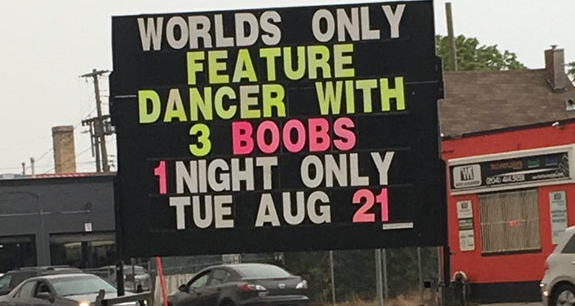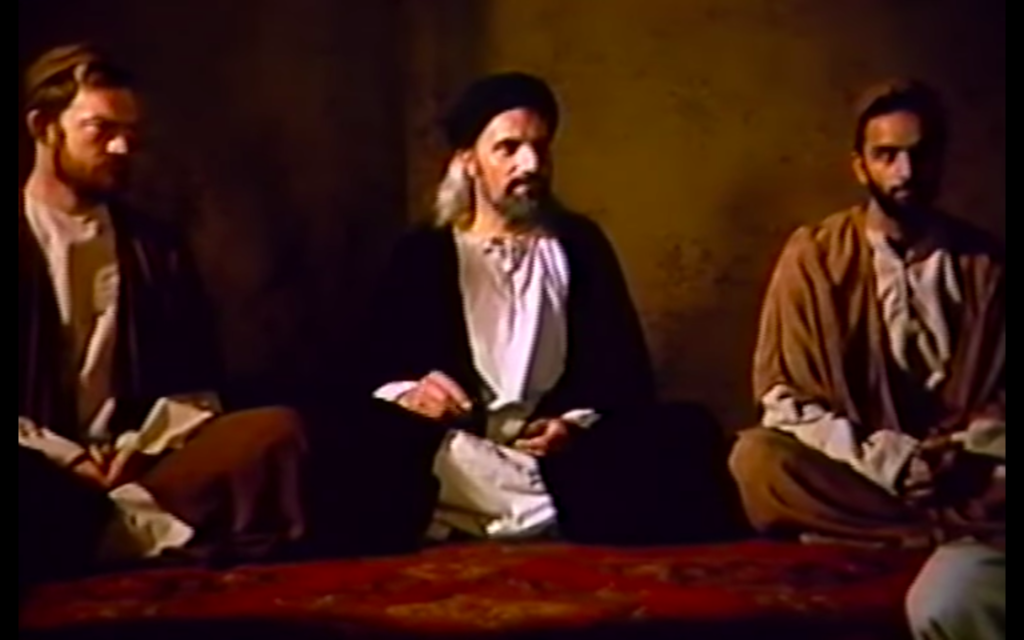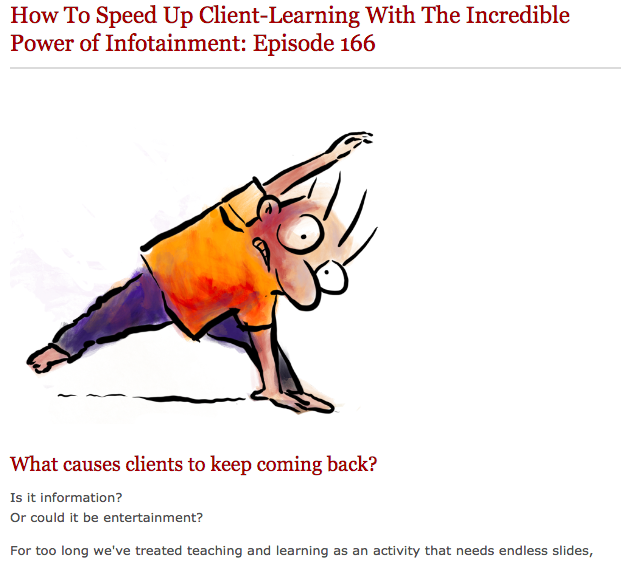Yesterday, I was finishing up a sales letter and I got to my least favorite part, the close.
That’s when you’ve made your offer, and now make one final big push to get the reader to buy. Many times, this is where sales letters reiterate all the benefits of the thing they are selling. Other times, they paint a bleak picture of how lonely and sad your life will be if you don’t buy.
I decided to do something different. I used an idea that I got from a sales letter from Ben Settle, which he included along with his monthly print newsletter several months ago. The sales letter was for a new $279 product for freelance copywriters that Ben was selling. it wrapped up with the following:
“It’s sink or swim around here to encourage implementation. So if you don’t think you can make your $279 back, simply don’t buy it. Otherwise, go here before April 1st to grab it for $100 off:”
Ben’s sales letter had a bunch of curiosity-soaked bullet points, but none of them pulled me in or made me consider buying. However, this one final statement almost made me get my credit card right away and order right away. Here’s why this close is so good:
1. It’s a challenge. This close doesn’t try to convince you. It doesn’t say “Just imagine how much richer you will be with this information!” It does just the opposite — it tries to dismiss you. To me at least, this was a challenge that I wanted to rise up to.
2. It creates vision. When I read this, I immediately asked myself, “Could I make $279 from this information?” And I then started imagining different scenarios where that could happen. This is what negotiation expert Jim Camp called creating vision in your adversary’s mind.
3. It’s different. Again, most other sales letters try to close you with high-pressure sales tactics. This makes Ben’s approach stand out, and it creates curiosity and intrigue.
4. It’s non-needy. Again, no high-pressure tactics here. This signals you don’t need the sale (as you genuinely don’t). Ironically, this will make it more likely for you to get the sale.
5. It repels the buyers you don’t want to have. “Repulsion marketing” is another cornerstone of Ben’s philosophy, and this sales letter close embodies it perfectly.
6. It’s about consumption. This close isn’t about being a dick (though it might sound like that to some). It’s about what’s good for you and for your prospects, something that Sean D’Souza calls an emphasis on consumption. In other words, if some prospects won’t get value out of what you’re selling, why would you sell it to them?
Now I’m sure this approach probably goes back many thousands of years, back to when the first copywriters etched their sales letters in wet clay tablets.
But if it has a name yet, I haven’t heard it. And so, in honor and memory of Ben’s sales letter, where I first saw it, I will call it the “sink-or-swim close” from now on.







